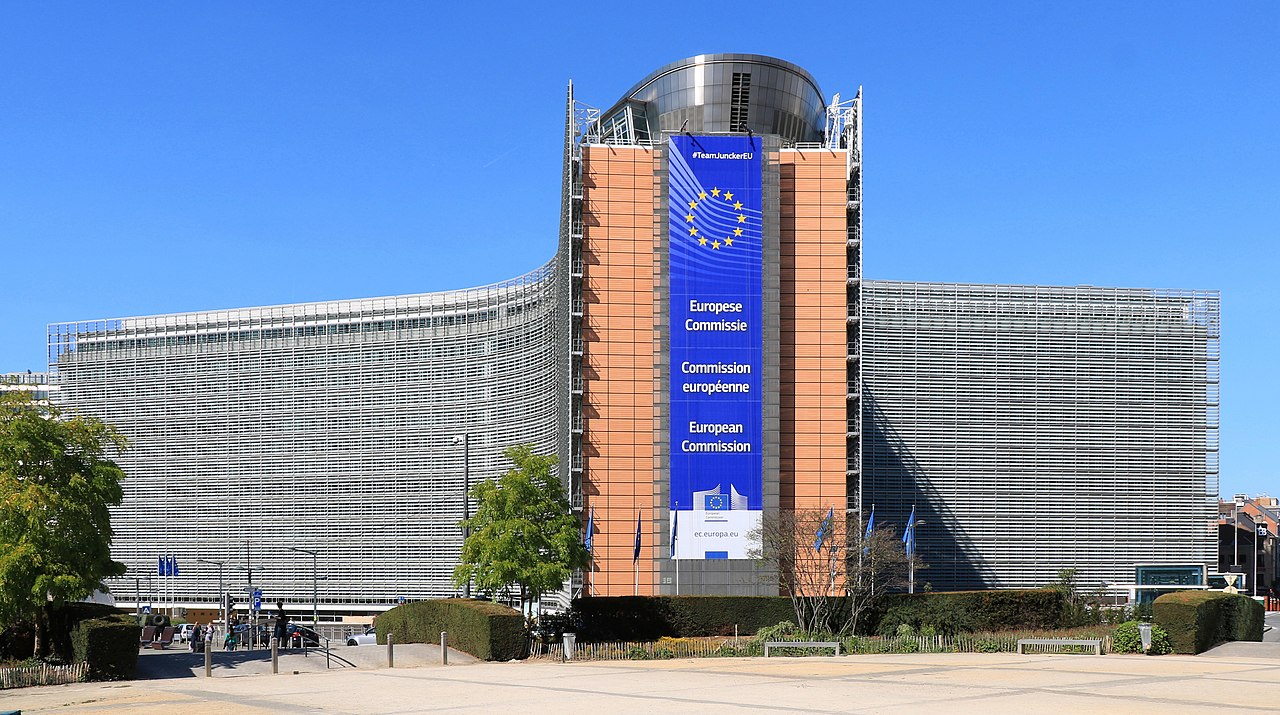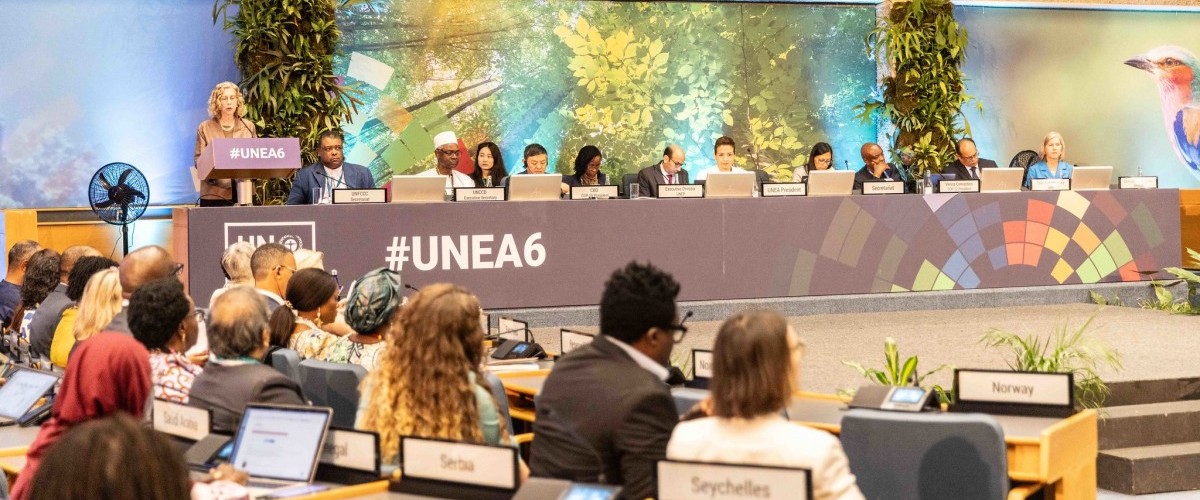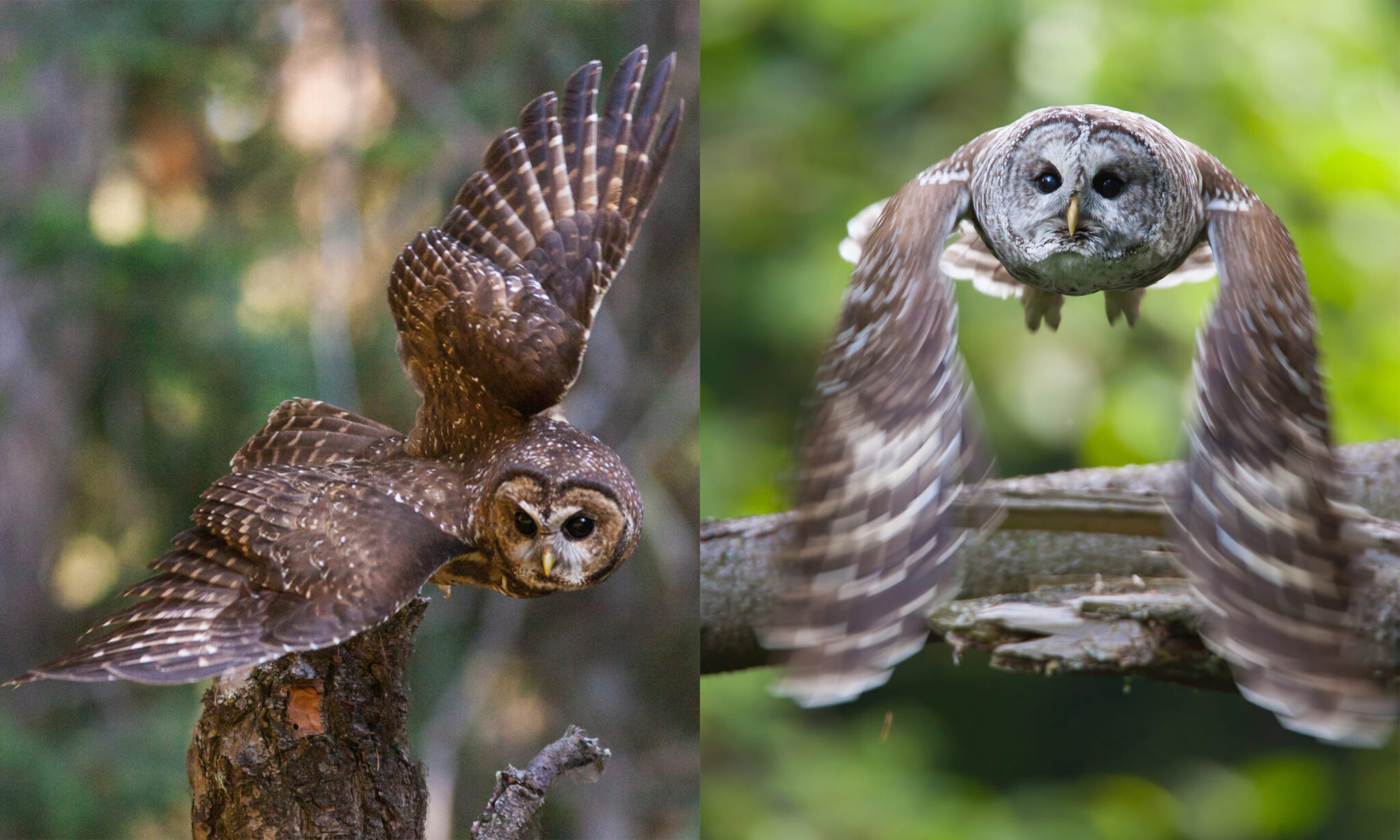PICTURED: Congresswoman Debra Haaland, or “Crushed Turquoise” of the Laguna Pueblo, New Mexico’s 1st District, captured in the historic wet plate collodion process of pure silver on glass for “Northern Plains Native Americans: A Modern Wet Plate Perspective”. Photo credit: Shane Balkowitsch. CC 4.0.
WASHINGTON D.C., March 15th, 2021. A vote to confirm the nomination of Debra “Deb” Haaland for Secretary of the Interior passed in the senate 51 – 40, making her the first of America’s native peoples to ever hold an executive position.
As with any cabinet secretary, an immediate dichotomy of policy views descended upon them during their nomination hearings. When it comes to publicly-owned American lands, half a billion acres of which fall under the management of the Interior Sec., this is no different.
Tens of billions of dollars in mineral, energy, and timber resources are extracted from public lands every year, and there are politicians at all levels who feel the greater the wealth generated from these sources, the greater the prosperity for the American people.
On the other side, generally-speaking, of the “isle” but not always, there are those who want less extractive industry on grounds that they are generally polluting industries that damage the environment in which they are fixed.
In the middle there is the very strong sportsmen caucus, so to speak, consisting of a variety of political shades that want public lands to stay in the federal government’s hands, and for those lands to be opened up as much as possible to fishing, hunting, camping, mountain biking, etc.
The previous sec. David Bernhardt, struck a conciliatory balance between the three issues, but his tenure was also riddled with controversy. How will Haaland govern America’s lands and waters?
Opinions abound
As a member of the Laguna Pueblo, one might say the Interior Sec. role is an appropriate one for the first Native American cabinet secretary, and while her heated questioning at the hands of Republican Chairman of the Senate Committee on Energy and Natural Resources produced nothing but stone-faced neutrality on questions of energy policy, questions of sportsmen’s access, particularly hunting and fishing, were far more amicable.
She stated in response to one question: “I am a Pueblo woman. We have been hunting wild game for centuries. My dad, my grandparents, my brother, they all hunt. In fact, I was fortunate to harvest an Oryx from the White Sands missile range. It fed my family for about a year. I absolutely understand and respect the sportsman and the anglers and their traditions. If confirmed, I look forward to working to ensure that all Americans have the kinds of opportunities that my family and I have had”.
“If confirmed, she would be the first Native American cabinet member in United States history,” said Barrasso in a statement recommending against her nomination. “This is a historic moment, and it should be recognized”.
“I want to be very clear, Representative Haaland’s policy views and lack of substantive answers during her nomination hearing disqualify her for this job,” he continued, again noting the vague answers, her position on grizzly bears, and her support of the Green New Deal policy platform, and remarks she has made in the House and to reporters of a 100% firm stance against fracking.
More concerned with sportsmen’s rights than energy policy, veteran legal battler Land Tawney, CEO of Backcountry Hunters and Anglers, supported her nomination.
“Last week I was fortunate to meet with Rep. Haaland and other members of the hunting and angling community and hear about her initial community-wide priorities, should she be confirmed as interior secretary,” Tawney continued.
“She offers a strong and knowledgeable vision for the Interior Department, a vision that is informed by her earliest experiences with her family on public lands and waters and on successful hunts in the West. She is approachable, capable and a bridge-builder”.
While on several occasions during her confirmation hearing she acknowledged that the job of the Interior Sec. is much different than that of a Congresswoman, and that she was committed to learning more about various policy decisions she took strong stances on in Congress, the imagining among energy advocates is that she will continue her strong liberal policies of reducing energy extraction as much as possible.
It isn’t only for a caricaturized image of the greedy oil baron that energy advocates might be concerned by Haaland’s hostility towards public lands energy extraction, as a huge chunk of the revenue it provides pays for the DOI budget, as well as some of the most important conservation-focused legislation in the U.S. code, including the Land and Water Conservation Fund, and the Great American Outdoors Act.
30 for 30 and the GND
Acting as Deputy Whip for the Congressional Progressive Caucus, Haaland does not have a bipartisan streak. Signing on by name to the so-called “Green New Deal,” a policy platform that contains a theoretical transformation of the entire U.S. economy and infrastructure, should give one most of what they need to understand her politics.
Introduced as a something like a conversation-starter by junior Congresswoman Alexandria Ocasio-Cortez, it has received no support as a whole, but bits and pieces of it are found attractive by various legislators.
When asked about her immediate co-sponsoring of the Green New Deal, Haaland replied: “if confirmed, I will be work to implement President Biden’s plan to combat climate change while creating millions of good-paying jobs in clean energy as part of his Build Back Better plan. As I stated at the hearing, I took positions as a candidate and a Member of Congress to advance the interests of my constituents and I recognize that a cabinet secretary has a very different role that I take seriously”.
Another of President Biden’s plans which she radically supports is a commitment to preserve, in a natural state, 30% of America’s territorial waters and land, though as yet, there’s no concrete plan for how to go about this. The DOI have stated that existing public lands already count, a statement Haaland echoed in the confirmation hearing.
“This cannot be a top down approach but must be locally-engaged, science-based, and respectful of private landowners, Tribal Nations and existing user groups like hunters, anglers, farmers and ranchers,” se said. “30 by 30 is about setting a goal and bringing people together on conservation action for future generations. Participation in the effort by all non-federal governments, Tribal Nations, and other groups will be on a voluntary basis”.
According to the U.S. Geological Survey, 14% of land and 23% of water is strongly protected, and so there isn’t so much left to do on this point. 60% of the United States is in a natural state, and it wouldn’t be the most difficult policy to find some of that to make up the difference.
Haaland has big challenges ahead of her — in terms of shepherding the largest chunk of publicly-managed land on Earth, balancing the desires of hunters with the lease-holders of mines and oil rigs, and trying to balance revenue requirements of conservation with her own super-processive agenda, all while being forced to work through a bipartisan lens.



